A version of this essay has been published by firstpost.com at https://www.firstpost.com/world/human-rights-all-humans-are-equal-but-some-are-more-equal-than-others-10340451.html
This story has already receded into the background, but it was quite startling when it took place recently: a Pakistani-Briton named Malik Faisal Akram held four Jews hostage in a Texas synagogue. He was demanding the release of a Pakistani woman, Aafia Siddiqui, sentenced to an 86 year prison term in the US. Why she is important is a good question, but that need not detain us here.
What is intriguing is the fact that Akram was apparently simply shot by a US military or police sharpshooter. The reports were bland, and they just said that the hostages had been freed unharmed; the fate of their captor was barely mentioned at all: it was as though he had been executed, as a matter of course, and that was the proper and normal thing to do.
Without condoning the man, one can look at the interesting implications. Akram may indeed have been a dangerous and unstable armed terrorist, but he was, after all, a foreign national. And he had not actually harmed anybody physically. Aren’t there norms about citizens of friendly powers? Can they be arbitrarily shot dead? Was the UK embassy involved? Could the police have used a tranquilizer dart instead? Why is nobody asking questions, but accepting it as a fait accompli?
True, the human rights of a terrorist or an insurgent are no greater than those of an average citizen, but shouldn’t there be some standard operating procedures?
I remember other incidents in the US where the use of massive force by federal or local authorities was somehow deemed appropriate, with few questions asked. One was the devastating attack in April 1993 on a compound in Waco, Texas, where a religious cult called the Branch Davidians were holed up. 76 members of the group were burned to death after a 51-day siege.
In 1985, the radical (black?) group MOVE, fortified in a Philadelphia house, was attacked by city authorities with a helicopter gunship, and a fire was allowed to burn out of control, killing 11 people, and burning down 61 houses in the neighborhood. A subsequent court ruling held that constitutional rights were violated, and excessive force was used.
The point is that in some cases violations of human rights (even of terrorists or outlaws) are condoned, but in other cases they are magnified, blown up, and used as narrative-building weapons. The judiciary is sometimes blamed, although in some cases the executive may be at fault for not making a good case, or any case at all, either deliberately or through incompetence.
For example, there is the cause celebre of Ishrat Jahan. This woman from Mumbai was found traveling to Gujarat with her boss Javed Sheikh, and two others including a Pakistani, and they were shot by the police. It is alleged (including in testimony from David Headley, Pakistani-American kingpin of the 26/11 attacks on Mumbai) that she was an LeT operative, and that the group were planning to assassinate then-CM Narendra Modi. There was an international uproar protesting her innocence.
So why are Ishrat Jahan’s human rights so much greater than those of Malik Faisal Akram?
The answer, of course, is narrative. Information warfare is manufactured on demand.
There has been a series of other human rights incidents in the recent past in India that show how dysfunctional the system is, and how empty the rhetoric is.
Four years ago, a starving tribal named Madhu in Kerala was caught stealing a small amount of rice. A group of young men videotaped him being tied up, humiliated, and then beaten to death. His hearing came up recently, and the prosecution did not appear at all in court!
Dilbar Negi, a young man in Delhi, was brutalized and slaughtered during the Delhi riots in 2020. His limbs were cut off, and he was burned alive. Recently, a high-powered lawyer got bail for six of the accused in Delhi High Court.
Bishop Franco Mulakkal of Jalandhar was accused of raping a nun 13 times at a convent in Kerala. Several nuns braved the wrath of the church to bring out stories about oppression and (sexual) abuse in nunneries. Last week, the district court rejected in toto the evidence presented against him, and cleared him of all charges.
A terrified young commuter, Sowmya, was chased around the empty woman’s coach in a train, pushed off the train, raped on the tracks, and had her head bashed in with a stone by one-armed beggar Charly Thomas in Kerala in 2011. The fast-track court delivered a death sentence in the rape-murder. But on appeal to the Supreme Court, two things happened: the prosecution was not able to present a water-tight case, and the ‘beggar’ Charly was able to hire an expensive, hot-shot lawyer. The result? The death sentence was commuted to ‘life’, which means that he will be released after 14 years.
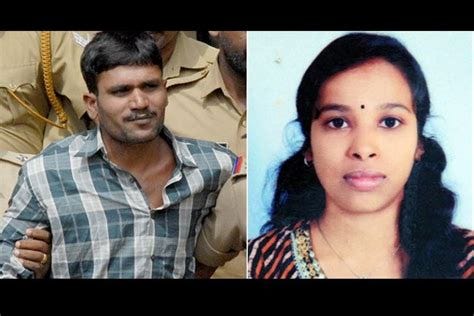
Just last week, retired BSF jawan Bhagwat Nishad shot and killed Dilshad Hussain in court premises in Gorakhpur, UP. It is alleged that Nishad’s minor daughter had been abducted and raped by Hussain, and though there was a POCSO case, the accused was out on bail.
There is the currently sensational case of Lavanya, a 17-year-old student of a residential Christian school in Thanjavur, Tamil Nadu. A top student, she was allegedly repeatedly coerced to convert and even to become a nun. When she refused, she was punished, mentally tortured, and forced to do menial tasks like cleaning toilets. She consumed poison, and in her dying declaration from hospital available on video, she clearly implicates those who were torturing her.
Instead of taking action against the accused, the instincts of the state apparatus and the media were to cover things up, and to question the credibility of Lavanya and her parents. The police authorities dismissed the whole incident, and it took a consistent grassroots movement to prevent this sad, but not unusual, incident from being swept under the carpet.
All this leads to the disheartening question: do some people have human rights, while others don’t? Are governments not constitutionally required to treat the powerful and the powerless the same when investigating criminal offenses and human rights violations? Why does it appear that in some cases the executive is content to make a mockery of the judicial proceedings?
Are people gaming the judiciary by filing pointless PILs, which well-connected lawyers can ram through the system? Why, for instance, does the Supreme Court refuse to hear the case of the ethnic cleansing of Kashmiri Hindus in 1990, but is willing to take up the case of Rohingyas, who technically have no locus standi in India, being illegal aliens? India is also not a signatory to non-refoulement treaties, and is perfectly at liberty to send them back to Myanmar.
Who pays for all the expensive lawyers? There is a pattern whereby unseen forces pump in money to hire the best lawyers (sometimes hiding it under ‘crowdfunding’) to get judgments that may have propaganda and other value for them.
Unfortunately, despite the soaring rhetoric about human rights, the reality is that unless your agenda happens to coincide with that of narrative-builders, you will get no traction. Indian cricketers, in an embarrassing display of cluelessness and dhimmitude, ‘took the knee’ for Black Lives Matter. That they would never do the same for Kashmiri Hindu Lives Matter tells the whole story in a nutshell.
1240 words, 27 Jan 2022




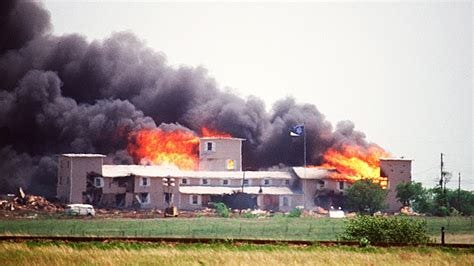

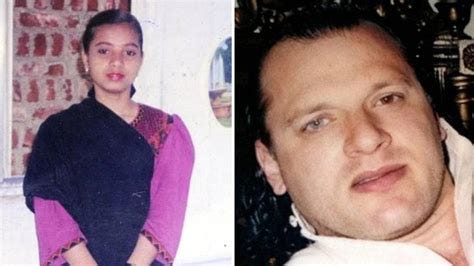
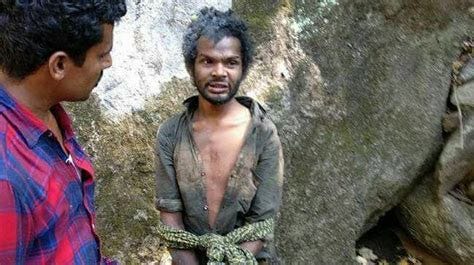
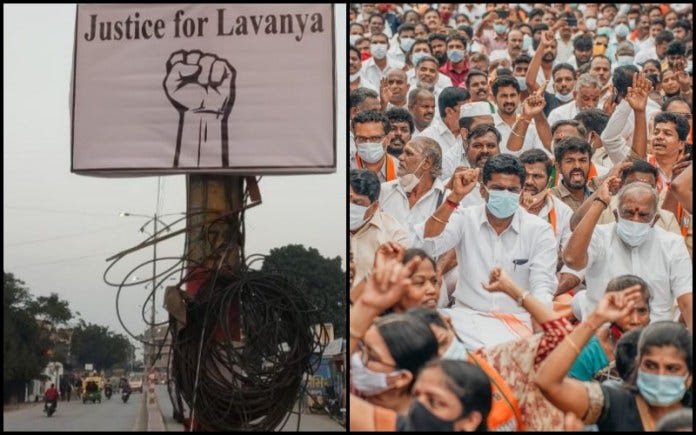






Share this post